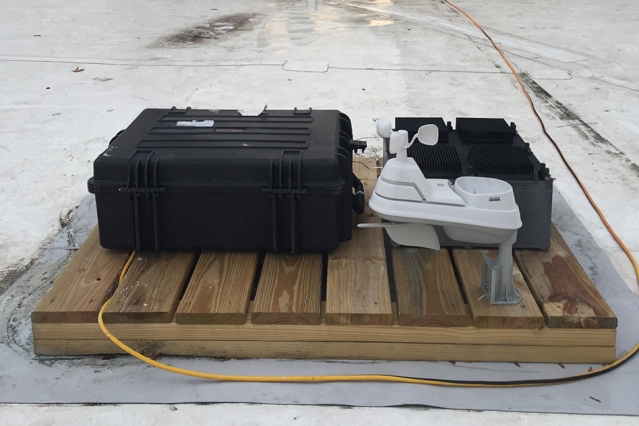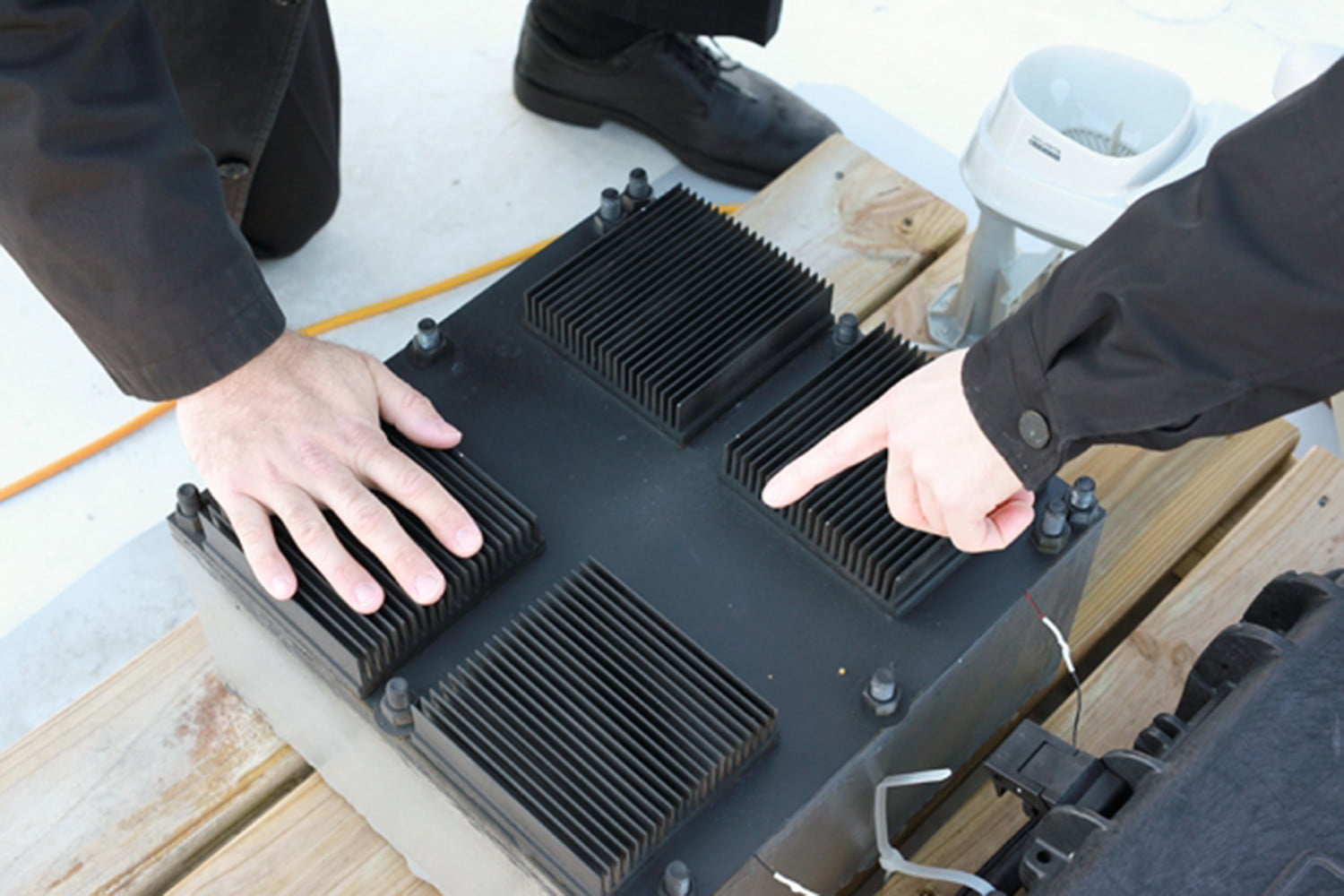News
MIT Scientists Develop Device That Generates Electricity From Thin Air

Did you know? Though it seems like the atmosphere around us maintains a constant temperature, it actually fluctuates minute-to-minute, every day. Using a thermal resonator, it is possible to harness energy from these fluctuations. In fact, this is what scientists with the Massachusetts Institute of Technology (MIT) have been doing for the past year.
In a study published in Nature Communications, senior author Michael Strano explains that the “untapped energy source” is derived from the natural ebbs and flows of temperatures. The largest amount of energy is generated when day turns to night. But, even minute temperature changes can generate electricity.
“We’re actually surrounded by temperature fluctuations,” said Strano. “Sometimes the temperature changes slowly, like outside—it changes over a 24-hour cycle. But even around the human body, if you were to carry a thermometer in your pocket, you would find it fluctuating every few seconds.”
“These temperature changes are constant and surround us everywhere we go. We sit in a giant temperature bath, and when that bath fluctuates, you basically can generate electrical power,” Strano added.

Credit: MIT
Newsweek reports, “The thermal resonator, which appears like a black box, can use those constant temperature changes to generate electricity through a special material created at MIT. The material is made from metal foam coated in graphene and combined with a wax called octadecane. The thermal resonator is filled with this material, which can both absorb and store heat.”
After months of testing the device on the roof of an MIT building, the team discovered that enough electricity could be generated to power everything from LED lights to small computers to batteries. The invention’s ability to work regardless of the weather gives it an advantage over solar. The researchers have even considered installing the device beneath a solar panel to boost its energy potential.

Credit: MIT
Because the box is durable and is not made from fragile parts, it could be buried underground or even incorporated into a building’s structure. The scientists have even speculated sending the thermal resonator device to other planets or the moon; there, it could power up landers and rovers and last enough for space missions.
Strano and his team have been researching the power source for approximately one year. Though it will be some time before the thermal resonator can be commercialized and sold on the market, they are already considering starting a company for this purpose. Said Strano, the device is “more than just an invention. It’s a new mechanism for generating electrical power.”

Credit: Pixabay
Kourosh Kalantar-zadeh, a distinguished professor of engineering at RMIT University in Melbourne, Australia, applauded the development. He said the approach “is a novel development with a great future” and “can potentially play an unexpected role in complementary energy harvesting units.”
Kalantar-zadeh added,
“To compete with other energy harvesting technologies, always higher voltages and powers are demanded. However, I personally feel that it is quite possible to gain a lot more out of this by investing more into the concept. … It is an attractive technology which will be potentially followed by many others in the near future.”
What are your thoughts? Please comment below and share this news!
Typos, corrections and/or news tips? Email us at Contact@TheMindUnleashed.com
